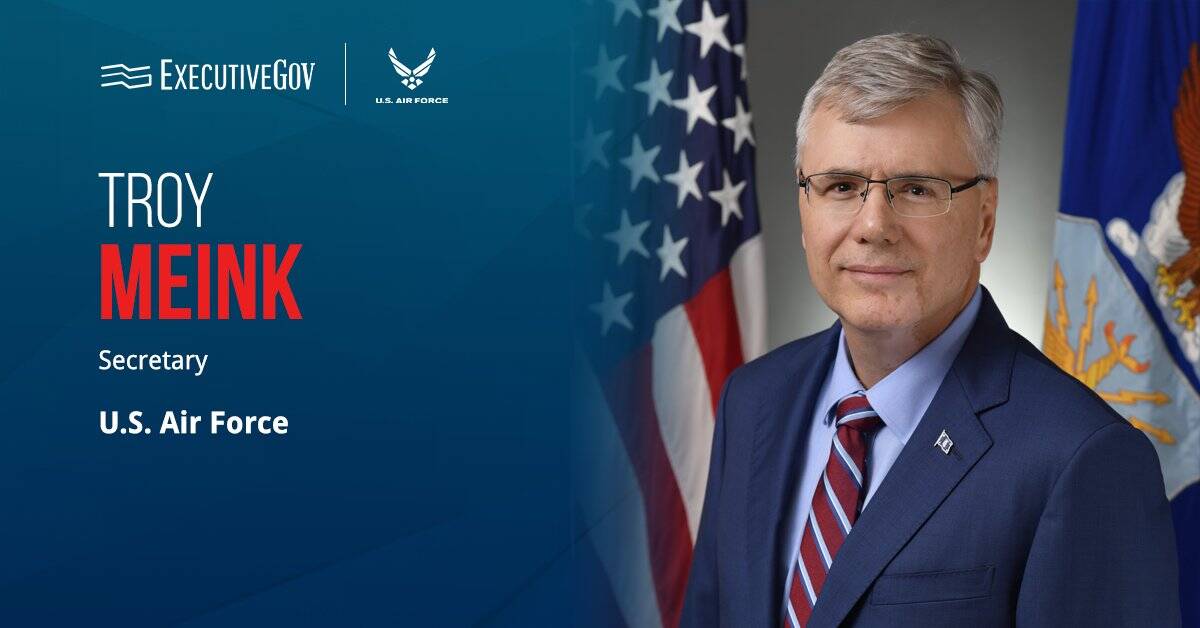 Gen. Hawk Carlisle, commander of the Air Combat Command, has said the Lockheed Martin-built F-35A Lightning II aircraft has achieved initial operational capability.
Gen. Hawk Carlisle, commander of the Air Combat Command, has said the Lockheed Martin-built F-35A Lightning II aircraft has achieved initial operational capability.Carlisle on Tuesday declared the F-35A fighter jet “combat ready†after the aircraft met the requirements for IOC, such as the capability to use mission systems and program of record weapons for operational missions and the ability to perform close air support, the U.S. Air Force said Tuesday.
The 34th fighter squadron under the service branch’s 388th fighter wing also achieved IOC status to operate and maintain F-35As in collaboration with Air Force Reservists from the 419th fighter wing at Hill Air Force Base in Utah.
The fighter jet is designed to provide battlefield situational awareness, perform command-and-control functions and help military pilots interdict and suppress hostile air defenses, according to the service branch.





